Exploring Personal Culture with Young Children
By Abby Spencer, Lindsay Wing, and Lacey Grummons
This vignette describes engagements with students that arose from a literacy community in Spokane, Washington. Please see Providing the Books for the Literacy Communities by Marilyn Carpenter for an overview of this group’s work.
Nestled around a group of coffee tables at our local YWCA coffee shop, we began planning our journey to share global and multicultural literature in our classrooms. “We” are a group of seven elementary teachers from three school districts in the Spokane, Washington area and one university professor. After reading Kathy Short’s article, “Exploring a Curriculum that Is International” (Short, 2007) we were inspired to start a journey exploring personal culture using children’s literature in our classrooms.
Our discussion around the article prompted us to explore individual definitions of culture in an effort to create a vision of where to head with our students. From this discussion we realized there was no ONE correct definition of culture. This realization opened the doors to similar conversations with our students. Hundreds of children’s books that focused on culture were provided for us by Marilyn Carpenter from her collection to select and share with our students.
The book selection process was our first step in initiating classroom culture inquiries. Each of the following vignettes provides snapshots of how three of the classrooms explored, defined and studied personal culture using children’s literature.
What Is Culture?
By Abby Spencer
Early one morning I rolled a heaping crate full of multicultural children’s books into my classroom. I wondered how I was going to begin this journey of exploring personal culture with students. Then it came to me… I would simply jump in and ask my students the question that all of us teachers spent so much time pondering the day before, “What is culture?” That very day I began reading aloud from the crate of books. Prior to each reading I would say, “This book is sharing the culture of a character/s with you. As you listen I want you to think about what is culture.” Day after day my second and third graders and I read a variety of children’s literature that portrayed personal cultures of the characters. After each read aloud we talked about the characters and their experiences. One day after reading Emily’s Art (Catalanotto, 2006) a conversation about the meaning of “culture” erupted and twenty minutes later we agreed upon the following class definition: culture is what you do, what you believe, the traditions you have and how you behave in your everyday life.
Once my students knew what culture was, the momentum of our journey began building. I wanted my students to recognize the similarities and differences in each other and others around the world. Inspired by Emily’s Art I gave each student a set of watercolor paints. Their homework for that night was to paint a snapshot of their own culture.
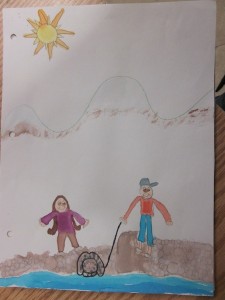 |
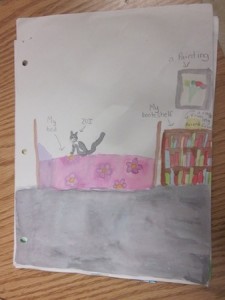 |
| Figure 1. Watercolor culture snapshot |
Figure 2. Watercolor cultural snapshot |
Figure 3. Watercolor cultural snapshot
The next day each student shared and talked about their “snapshot.” These paintings were priceless works of art but I wanted my students to know each other and their culture on a larger scale; which prompted a new homework assignment. I asked each student to use our class definition to guide them in creating a personal culture collage. The students used photos, magazine clippings, stickers and illustrations to make their collages.
Figure 4. Personal Culture Collage
Figure 5. Personal Culture Collage
Figure 6. Personal Culture Collage
Figure 7. Personal Culture Collage
Figure 8. Personal Culture Collage
The culture collages trickled in and each student shared the significance of the images they chose to include. The rest of the class responded with questions and comments and our understanding of one another grew with each passing day. I was bummed that we had not embarked upon this journey at the beginning of the school year because I saw what a valuable community building opportunity it was. As the study and school year came to a close I was busy making plans for next year’s culture study and pondering how I could go even deeper with my new group of students.
First Graders Explore Personal Culture
By Lindsay Wing
My first grade class began our study of personal culture by participating in our own cultural practice of joining together at the Gathering Place in our classroom. We started off with a discussion of the children’s understandings with regards to culture. Then, over several weeks I read aloud books that explored different aspects of personal culture. My class consisted of 24 students, some with Hispanic and Russian backgrounds.
The first book I read was Stand Tall Molly Lou Melon (Lovell, 2001). I chose this book because it has strong insights to personal culture. I wanted my students to understand that we are all unique in our very own special ways. In this story Molly is most confident about her amazing talents. Another read aloud was Me I Am (Prelutsky, 2007). Prelutsky’s verse celebrates what is unique about each of us. I Like Myself (Beaumont, 2004) also describes a little girl who likes herself for who she is. The last story I read was I’m Gonna Like Me: Letting Off a Little Self-Esteem (Curtis, 2002). At the end of each story, the students talked about how they connected with the characters. The students also reflected on what the books had in common. Finally we talked about our personal cultures and how they make us unique.
I designed a response activity to have the children express their ideas about personal culture. First, I took head shots of each student with my camera. Next, I enlarged the photograph, and cut it in half. Each student was then asked to draw the other half of their own head and write about how each of them is unique. The children were eagerly engaged in their creations.
After they were finished with their pictures we convened at the Gathering Place. Each student was excited to share. I noticed little “lights” turn on as their eyes glistened while they shared their self-portrait with their classmates. Everyone discovered parts of their own personal culture. This activity promoted my students’ understanding that we are all different, which makes us who we are. I am eager to work at the beginning of next year on promoting such understandings in my new class.
Figure 9. Student self portrait
Figure 10. Student self portrait
Building Understanding of Personal Culture through Best Friends Books
By Lacey Grummons
In my all-day kindergarten classroom of 20 students, we explored personal culture through reading aloud and responding to a number of children’s books. These books inspired class discussions about the children’s best friends. I will spotlight four of the books I read aloud: The Adventures of Old Bo Bear (Schertle, 2006), My Best Sweet Potato (Dohaney, 2006), Plaidypus Lost (Crummel & Stevens, 2004), and Hello Tilly (Dunbar, 2008) and other titles in the Tilly series.
After reading these books, my students and I had discussions about who their best friends were. We decided a best friend can be a person, pet, or an object such as a stuffed animal. I mentioned that friends are important parts of our lives and personal cultures.
The children wanted to write about their best friends. First, I modeled by writing a short piece about my best friend growing up – my blanket. I showed the students photos of me and my blanket. I made a connection with Plaidypus Lost because like the girl in the book with her stuffed animal I took my blanket everywhere I went. I also didn’t want it to be cleaned because it had a special smell like the boy with his bear in The Adventures of Old Bo Bear. Then each child wrote a sentence about her best friend and what she enjoyed doing with her friend. After writing and illustrating, I made students’ writing into a class book that was available for students to read in our classroom library.
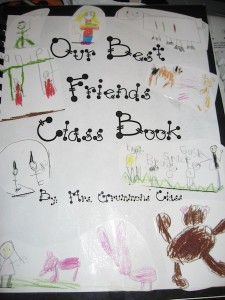 |
|
|
Figure 11. Example from Best Friends Class Book |
Figure 12. Example from Best Friends Class Book |
Figure 13. Example from Best Friends Class Book
Every day I have a V.I.P (Very Important Person) who brings something from home to share with our class. In our discussions we explored the concept that culture has to do with what we believe, do, and enjoy. Since we have been reading literature about personal culture, I asked students to fill a plastic bag with objects, pictures, and drawings of what they do, believe, and enjoy. I first brought a bag to show my students what I valued. I had my Bible, pictures of family members, a coffee cup, a recent book I had read, and a favorite CD. After showing each object to my students, I gave a student who was the next V.I.P. a bag to fill and return the next day. For twenty days, students enjoyed sharing their personal culture bags. The student below in Figure 14 and Figure 15 brought her ballet slippers, soccer jersey, a kid’s Bible and her favorite toys. This activity allowed students to explore what they value and how we all have different personal cultures. I have described just a few of the rich experiences we shared as we built new understandings of personal culture.
Figure 14. Student with items from her personal culture bag
Figure 15. Student with personal culture bag
Conclusion
As we ended our classroom explorations of culture and our students’ personal cultures we learned how we might begin such explorations with a new group of students. The best part of our explorations was sharing them in our monthly grant meetings. Along the way we discovered new books that will be shared with our students next year. Finally, in the coming year we anticipate that we will have more time to have the students inquire about international cultures.
References
Beaumont, K. (2004). I like myself. New York: Harcourt.
Catalanoto, P. (2006). Emily’s art. New York: Atheneum.
Crummel, S. S. & Stevens, J. (2004). Plaidypus lost. New York: Holiday House.
Curtis, J. (2002). I’m gonna like me: Letting off a little self-esteem. New York: HarperCollins.
Dohaney, R. (2006). My best sweet potato. New York: Atheneum.
Dunbar, P. (2008). Hello Tilly. Somerville, MA: Candlewick Press.
Lovell, P. (2001). Stand tall Molly Lou Melon. New York: Putnam.
Prelutsky, J. (2007). Me I am! New York: FSG.
Schertle. A. (2006). The adventures of Old Bo Bear. San Francisco: Chronicle.
Short, K. (2007). Exploring a curriculum that is international. WOW Stories: Connections from the Classroom, 1(2). Retrieved from http://wowlit.org/on-line-publications/stories/storiesi2/
Abby Spencer teaches first grade in Spokane, Washington. She has a Reading Endorsement from Washington State and a Master’s in Education with a focus on literacy from Eastern Washington University.
Lindsay Wing earned her Master’s degree in Literacy from Eastern Washington University in 2010. She has been teaching first grade for five years in Spokane Valley, Washington.
Lacey Grummons teaches all-day Kindergarten in Spokane, Washington. She has her BA in Elementary Education with a Reading Endorsement and a Master’s in Education with a focus on literacy from Eastern Washington University.
WOW Stories, Volume IV, Issue 1 by Worlds of Words is licensed under a Creative Commons Attribution-NonCommercial-ShareAlike 4.0 International License.
Based on a work at https://wowlit.org/on-line-publications/stories/storiesiv1/.

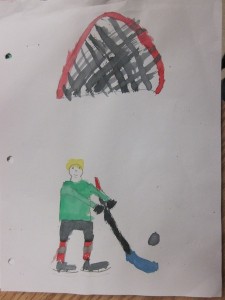
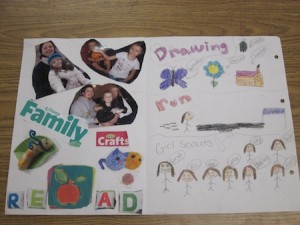
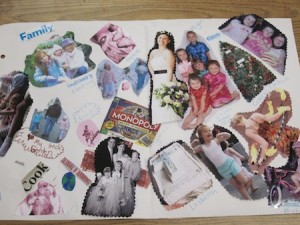
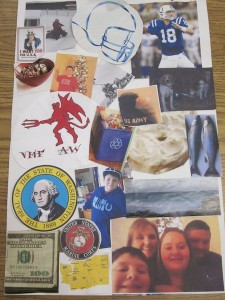
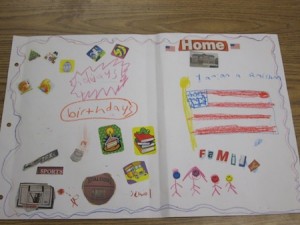
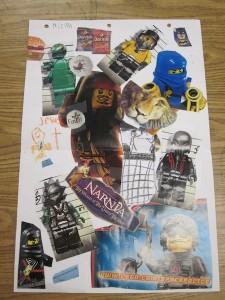
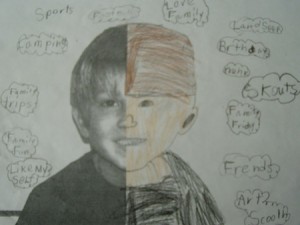
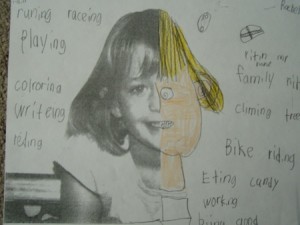
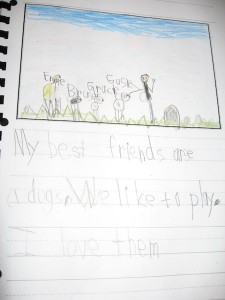
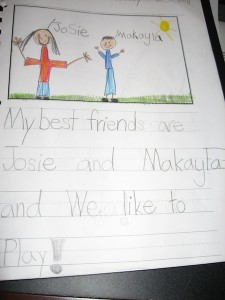
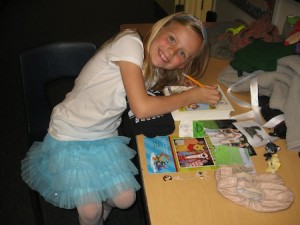
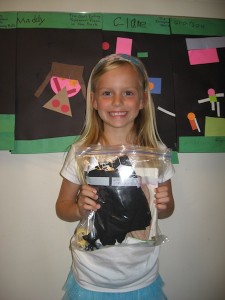
I wish that more teachers took such an innovative approach to embracing our cultures. As an American, I embody several different culture through our families bloodlines. We celebrate holidays with many Polish and German traditions. Through our celebrations, I have been able to inform many people about how our culturevhas had an impact on my life and my families life. These students now have a basic understanding that we are all different and yet all the same. If every teacher took advantage of this opportunity, there would be so much more tolerance of other cultures and may create a general sense of intrigue to understand them. I do hope that more teachers read this and implement these strategies into their classrooms to better the future of our great nation.